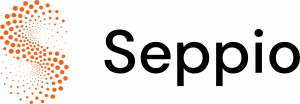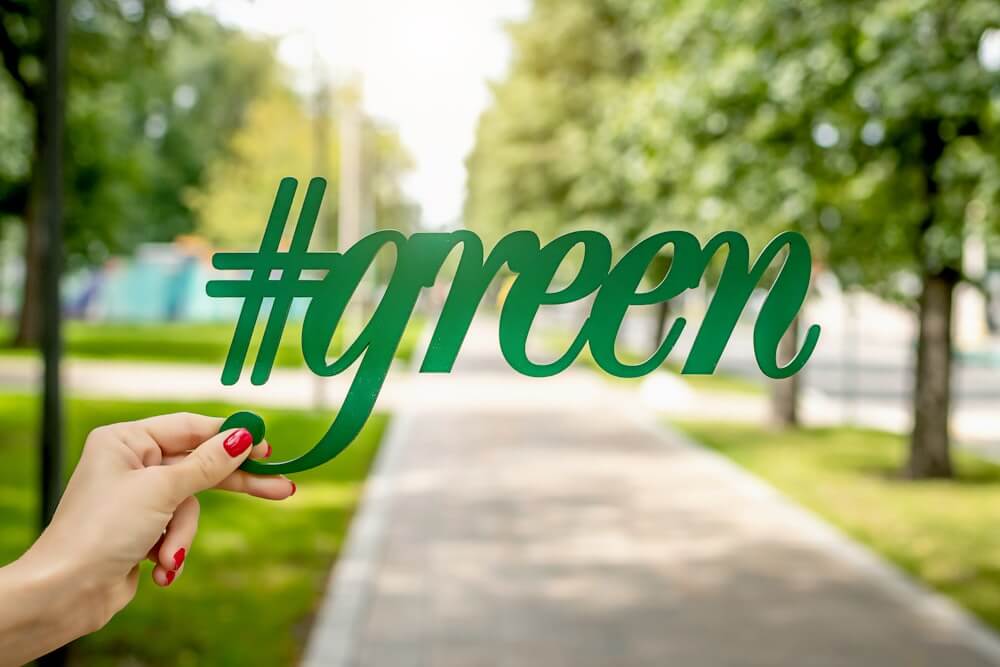Hashtags are very commonly used on social media. This guide is for those who are not aware of all the benefits of using them.
Hashtags have become an integral part of our daily lives thanks to social media. And there is probably no better way to tell a digital newbie from a digital native than by using hashtags. Hashtags are often used as comments or a punchline, but that doesn’t help marketers.
Every marketer wants to use hashtags that help discover their content and participate in a wider discussion about topics that are relevant to a particular business. Hashtags are also useful for spotting trends and keeping up with the latest news. Click on a hashtag to get a real-time stream of posts using that hashtag and get an overview of the event. You can also share your interest or your business with a hashtag like #photography so that people searching for that particular topic can find your post.
Why are hashtags important for business?
Even though hashtags were created to organize content, they have since become a way to create conversations and promotions for brands and people. Benefits provided by hashtags: If you are a marketer, hashtags are a great opportunity for you to create a communication, a conversation, without worrying about finding participants, they will find you.
Hashtags can lead to sales – they are like some magic words for any business. A relevant hashtag combined with a smart tweet can even improve your online reputation.
How to use hashtags correctly
Keep in mind that a hashtag is always one word. There should be no spaces, even if the term contains multiple words, punctuation marks, and special characters. Different hashtag words can be distinguished by capitalization. For example, Red Bull’s very popular hashtag campaign #PutACanOnIt.
Using capital letters makes it easier to distinguish between different hashtag words. If you put punctuation in your hashtag phrase, you will break the tag. Only the part before the punctuation will be your hashtag. For example, if you want to hashtag “#” to Let’sGo, you need to use #LetsGo. Different channels use hashtags to varying degrees. For example, on Twitter, you should use fewer hashtags, but on Instagram, you can use more, on Facebook they work less, too many inappropriate hashtags don’t look good. Hashtag rules for you: The first step is to find the hashtags used by others in your niche. Follow hashtags related to your industry.
Before using a hashtag on a specific social channel, please read the rules. While the basic principles are the same, the rules vary from one social channel to another. For example, Twitter focuses more on the topic, while Instagram focuses more on the description. Businesses need to perfect the art of targeting their audience. Get as specific as possible when using hashtags. Get creative. The right hashtag has the power to go viral.
Once you’ve mastered the use of hashtags, try coming up with a new one. Who knows, it might become a trend! Hashtags are not only for marketing and promotion but also for engagement. Use hashtags to start and participate in a conversation. Interaction with your users is the key to a well-rounded business.
What to avoid?
-
- Do not use a hashtag without research.
-
- Check if the hashtag is already in use. If so, note what it is used for.
-
- Do not overdo it. Using too many hashtags will make your post spam and drown out the message.
-
- Depending on the social channel, determine the number of relevant hashtags you can use. But in general, don’t use more hashtags than words.
-
- Keep your hashtags short. Using too long hashtags confuses visitors and pushes them away.
-
- Don’t use hashtags on all platforms. LinkedIn dabbled with hashtags for a while but then eliminated them. Facebook hashtag posts have been proven to get less attention, so you should also avoid using tags on these platforms.





